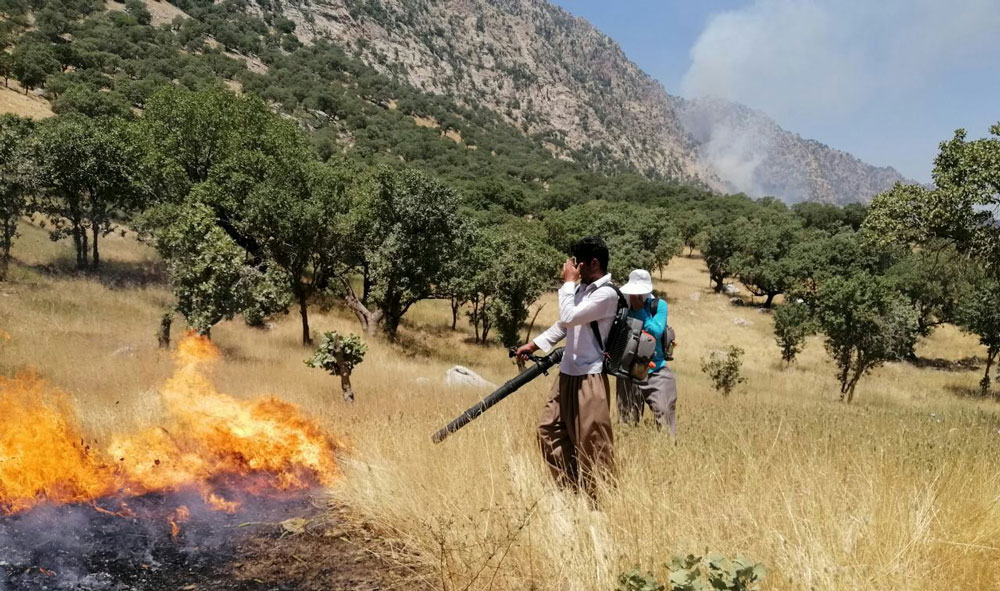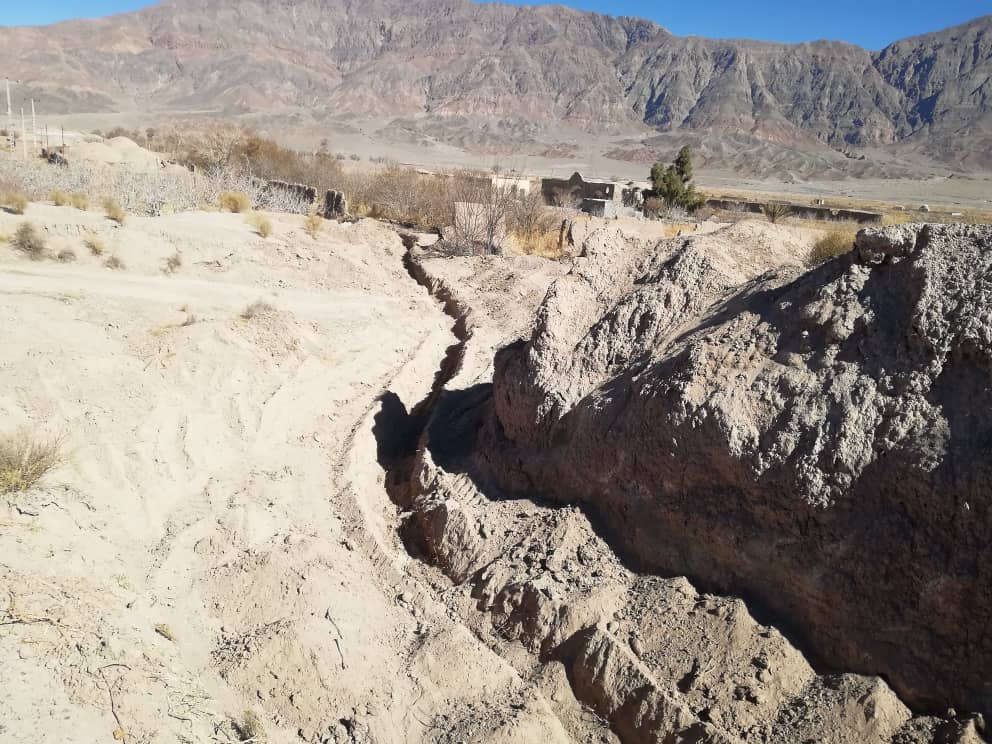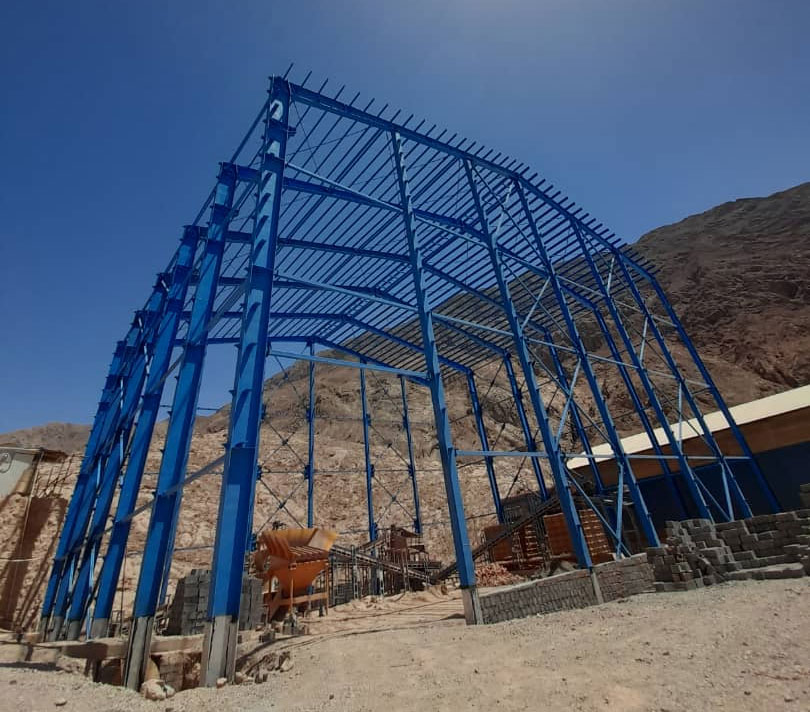
Environmental Activities
In addition to identifying, evaluating, controlling, and managing risks and environmental aspects resulting from its activities, IBKO has planned and implemented effective projects in the region.

- Creating a green space by planting 900 saplings, mostly of eucalyptus-type,
- The plan for using herbs to combat pests to combat the Loranthus europaeusin the area of one hundred hectares in the forest area of Bagh Gol and Tang Sabz villages,
- Strengthening the embankments of Sarvestan village by sending a loader and strengthening the embankments of Sarvestan village following the crisis headquarters meeting in December 2021,
- Protect biodiversity, to create a watering place for wild animals.

- Implementation of the environmental monitoring program for underground and surface water resources with the aim of monitoring mining activities and investigating the possible impact of this process on the surface and underground water resources; In this section, it is intended to dig monitoring wells according to the rules of the Environmental Organization and also to specify several stations for monitoring surface runoff in the catchment area downstream from the mine to the Tahrud River,
- Investigating the quality of the nearest available water sources around the Khan Khatoon mine and processing plant with the aim of environmental monitoring of water sources and recognition of natural anomalies,
- Moving towards the elimination of mineral tailings (mining with zero waste), to separate lead from low-grade zinc ores and increasing the grade of zinc element by flotation to sell and preventing the production of mineral tailings, separation of zinc from low-grade ores by spiral and heavy media methods in order not to create a waste rock dump, and also to complete the production chain by producing lime from non-mineralized rocks,
- Optimizing mine access routes, to prevent the impact on alluvial channels,
- Creating a dam in the nearby village to prevent the destruction of agricultural lands, by stone-laying the gap of the bridges of the river entering Bam city,
- Management of agricultural water resources, through financing the cost of piping and transferring agricultural water to manage water resources (250 meters of farmers’ canal in Khane Khatun village and 600 meters of farmers’ canal in Negor village).


- Studying the qualityof the ore and the mobility potential of elements based on ore mineralogy to identify polluting elements and changes in trace elements in the line of the Khan Khatoon processing plant based on geochemical and environmental mineralogy studies, to estimate the risk of transporting elements in solution form to the catchment and environmental management,
- Examiningthe evidence of old mining near the Tahrud River as signs of past environmental pollution to learn about the environmental pollution caused by past mining and processing in the downstream catchment area,
- Management of water usage in the production process in the Khan Khatoon processing plant to create a closed cycle for water consumption in the production line and prevent the production and leakage of any waste (this unit does not have any waste),
- Construction of a dust control shed on the stone crushing unit of the Khan Khatoon processing plant,
- Actions and considerations are taken to manage the environment of the mineral accumulation site, to create a retaining wall around the flotation and spraying output product depot, as well as bedding and lining for the accumulation of intermediate minerals and the complete elimination of any possible leakage, as well as stabilization the walls of the nearby waterways, as well as continuous spraying of mineral transport routes in the accessible routes,
- Completion of mine access routes, to implement the sewage management system through the septic system,
- Environmental management of sediments in the catchment basin, to prevent the transfer of sediment load containing polluting elements to the catchment basin in the alluvial channels leading to the mine by implementing water transfer methods that prevent the transfer of sediments downstream,

